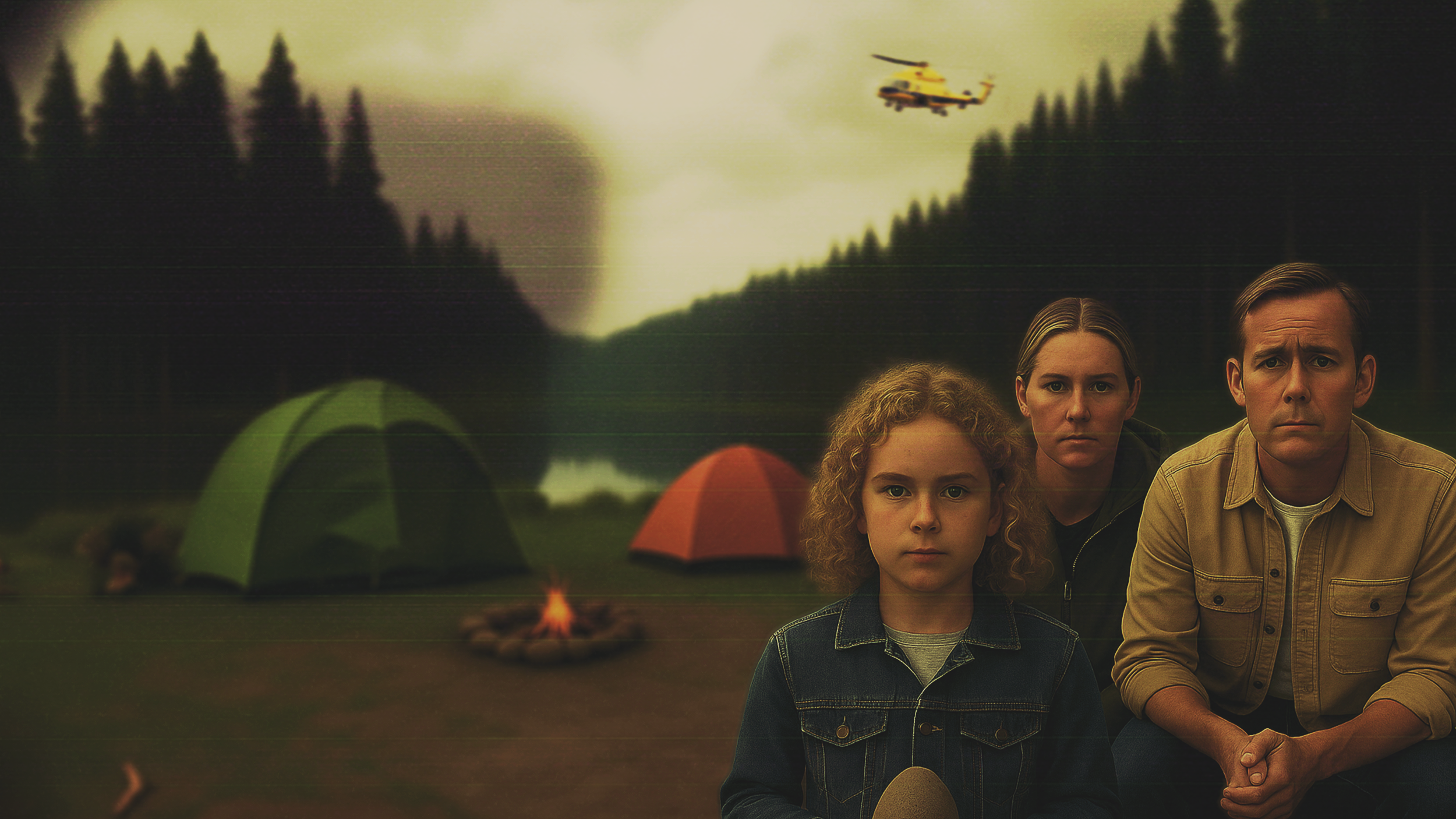DDL Smith on Decay: Folklore, Fallout, and Family
London, UK, 2025
After two acclaimed entries in his Detective Dion noir series, novelist DDL Smith is stepping into new territory. His upcoming standalone novel Decay (2025) trades city conspiracies for Scandinavian forests, blending nuclear horror with Swedish folklore as well as an intimate portrait of a family on the edge.
The seed for Decay, Smith explains, came not from myth but from science. “It first sparked a while ago when re-watching the HBO Chernobyl series for the hundredth time,” he says with a laugh. “I wanted to write about an invisible danger: something darker than the first two mysteries. My first unpublished attempt at a novel stemmed from real-world issues, so I wanted to dive back to that.”
But while the nuclear premise came first, the folklore came later. “Canada seemed too far, Russia was off-limits, Norway has too many mountains,” he recalls. “So Sweden it was. I went to Östersund to research, to get a sense of those vast forests that could swallow a family whole.”
It was only once he was there that folklore crept into the story. “A friend from Göteborg, who loves old tales of the skogsrå, the forest spirit, suggested I work it in. And it made sense. These forests already feel like they have their own pulse, their own presence. Adding folklore gave the novel an extra nod to its location, and a layer of dread to the science.”
That balance of realism and myth defines Decay. Smith dove deep into research, studying acute radiation syndrome and even visiting the Nobel Prize Museum in Stockholm to see relics of Marie Curie’s work. “I’m not a nuclear physicist, but I wanted to get everything right, you know. From the isotope that caused the contamination to how long it would take symptoms to set in. Every bit of research shaped the story and inspired something new.”
Yet at its heart, Decay isn’t just about radiation. It’s about people. “The real horror comes from the reactions of the characters,” Smith says. “The family at the centre is broken: Johan, the father, is a recovering alcoholic, and Lena, the child, lives between two homes. A lot of families have been there. There’s a sadness to modern life that mixes with the horror. That’s what makes it resonate.”
Decay concept art during Cover design
For Smith, writing Decay was a radically different process than writing Detective Dion. “With Dion, I can sit in a room and type, but this needed depth. I had to visit locations, travel into the Swedish wilderness, and experience the atmosphere myself. Before this book, the only time I’d been to Sweden was once for a burger at the airport during a delayed flight,” he says. “So it was important to actually be there.”
Not everything was easy. One scene involving Johan’s radiation-induced hallucinations tested him as a writer. “I bent time in the writing, played with tense deliberately. It scared me to write it — and afterwards I thought: my English teachers would kill me for this!”
Despite the intensity of the project, Smith isn’t done with horror. “Oh, there’s already another one planned,” he says with a grin. And when asked about the dream of an adaptation, his answer is simple: “Me on set… and a free trip back to Sweden paid for by the producers.”
Pressed for a one-line pitch, Smith calls Decay: “an eco-horror that might one day hit a bit close to home.”
Decay is scheduled for release in Autumn 2025, following Smith’s acclaimed noir mysteries The Silent Blade and Tech Titans.

